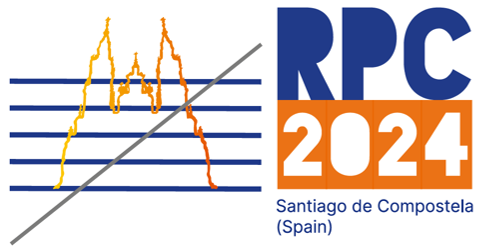Speaker
Description
The ATLAS Muon Spectrometer is set for a significant upgrade as part of the High-Luminosity LHC (HL- LHC) program, which includes the installation of three additional full coverage layers of new generation thin-gap Resistive Plate Chambers (RPCs) in the inner barrel region. These RPCs feature a reduced gas gap thickness of 1 mm between high-pressure phenolic laminate (HPL) electrodes, enhancing their background rate capability and longevity. This upgrade aims to maximize the muon trigger acceptance and efficiency. To achieve this, nearly 1000 RPC gas gaps need to be produced. To mitigate reliance on a single supplier and expedite production, the ATLAS muon community has partnered with two new companies in Germany and the Max Planck Institute for Physics in Munich. The gas gap assembly procedure was adapted to the infrastructure and tools available at the industrial manufacturers, facilitating the transfer of technology to industry after the prototyping phase. The certification of the manufacturers was achieved by constructing several small- and full-size RPC gas gap prototypes at each facility. The prototypes underwent rigorous testing at CERN’s Gamma Irradiation Facility (GIF++), where their efficiency and time resolution were measured under different gamma background levels. The performance of these prototypes met the requirements for ATLAS at the HL-LHC. Additionally, the prototypes successfully passed an accelerated aging test at the GIF++, where they were exposed to the maximum photon dose expected during HL-LHC operations. This contribution will present the gas gap manufacturing procedures, the results of the certification tests, and the comparative analysis of the production methods investigated to ensure the reliability and efficiency of RPC production at external companies. The outcomes demonstrate that the new facilities are capable of producing high-quality RPCs according to the industrial standards.
